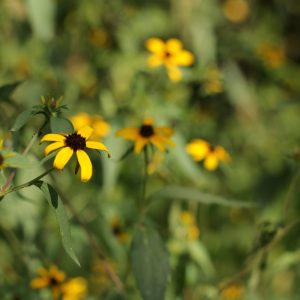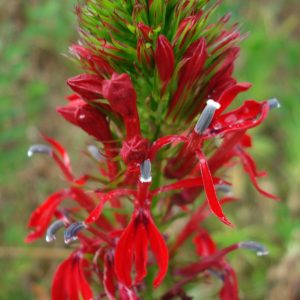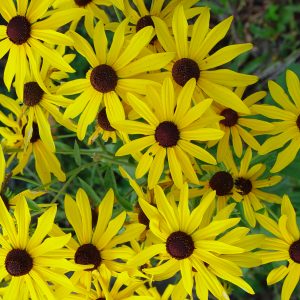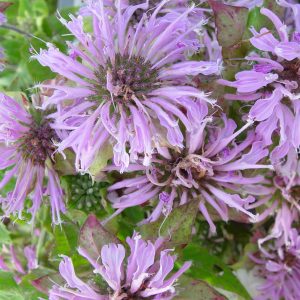Columbine
Aquilegia canadensis
Striking crimson flowers with yellow markings; likes some shade but doesn’t do well in too much.
$3.00
For quantity discount pricing, request a quote.
Description
Aquilegia canadensis, commonly called Columbine or Eastern Red Columbine, is a native perennial spring forb (wildflower) which occurs in rocky woods, slopes, ledges and open areas. Features drooping, bell-like, 1-2″, red and yellow flowers.
Wildlife notes
Bumblebees and the Ruby-Throated Hummingbird visit the flowers for nectar; bumblebees may also collect pollen for their larvae. Short-tongued Halictid bees collect pollen from the flowers, but they are less effective at cross-pollination. The larvae of various insects feed on Wild Columbine, including those of Erynnis lucilius (Columbine Duskywing), Papaipema leucostigma (Borer Moth sp.), Pristophora aquiligae (Columbine Sawfly), and several Phytomyza spp. (Leaf Miner Flies). Because the foliage is toxic, it is little bothered by mammalian herbivores.
Forage notes
Livestock generally find this species to be palatable.
Landscaping notes
Easily grown in average, medium, well-drained soil in full sun to part shade. Wide range of soil tolerance as long as drainage is good. The preference is light shade to partial sun, moist to dry conditions, and soil that is loamy, rocky, or slightly sandy. Freely self-seeds and will naturalize to form large colonies in optimum growing conditions. Remove flowering stems after bloom to encourage additional bloom. Keep soils uniformly moist after bloom to prolong attractive foliage appearance. When foliage depreciates, plants may be cut to the ground. Borders, cottage gardens, open shade gardens, woodland gardens or naturalized areas. Also, a good selection for a hummingbird garden.
Restoration notes
Habitats include rocky open woodlands, wooded slopes, sandy savannas, thinly wooded bluffs, partially shaded areas of cliffs, limestone glades, fens and bogs, openings in logged woodlands, and areas along railroad tracks. Occasional wildfires and other kinds of disturbance in wooded areas are probably beneficial in maintaining populations of this plant.
Videos About This Plant
To learn more about this plant, check out our videos about it and its uses.
Additional information
| Weight | N/A |
|---|---|
| Light | Full Sun to Part Shade |
| Soils | Dry, Average |
| Height Range | 0 – 24" |
| Height | 12"-18" |
| Bloom Month | May |
| Color Family | Red |
| Color | Red with Yellow Markings |
| Specialty Uses | Hummingbird, Landscaping |
| Cattle Palatability | Good |
| Life Cycle | Perennial |





